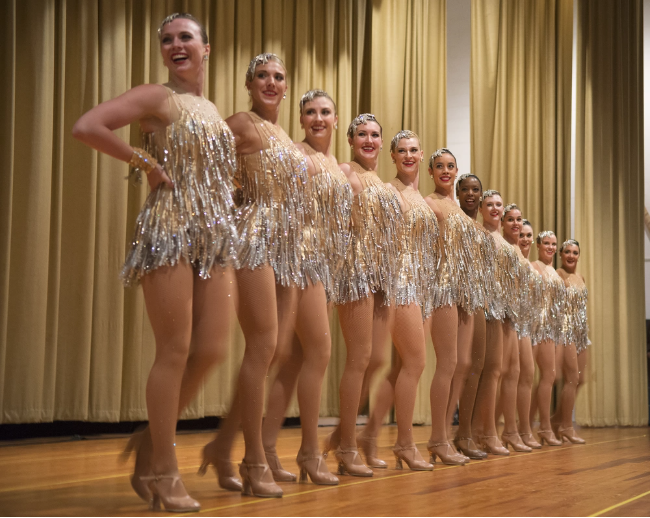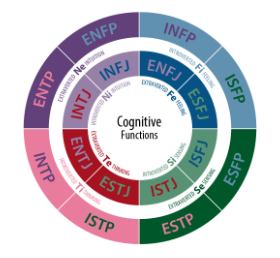From “Conversations with a Killer: The Jeffrey Dahmer Tapes,” to “Keep Sweet: Pray and Obey,” the popularity of documentaries has risen in recent years. From cult exposés to true crime deep dives to celebrity meltdowns, documentaries have surged in popularity, transforming the film industry. This raw and vulnerable storytelling invites audiences to connect and engage with real-world narratives. But what caused documentaries to become so popular?
“The documentary form has become a lot more sophisticated,” says Nina Gilden Seavey, a documentary filmmaker and research professor at George Washington University. She observes that documentaries have entered a “golden era,” going beyond simple fact-driven storytelling into compelling narratives with gripping story arcs. The rise of streaming platforms has provided an outlet for high-quality documentary filmmaking, allowing complex, well-produced stories to reach global audiences. Peter Hamilton, an executive producer of a PBS nature documentary, adds, “the funding for documentaries has increased substantially in the last 10 years, and the audiences for documentaries have grown exponentially.” With higher production values and broader accessibility, documentaries are now drawing in viewers eager to understand.
Another driver of this boom is the use of celebrities. Films like “Gaga: Five Foot Two” and “Miss Americana” offer a look into the lives of famous figures, giving audiences a deeper understanding of their struggles, triumphs, and battles. “There’s this never-ending appetite for what makes fame and fortune,” Seavey notes. “What are the dark sides of it? Are they like us? Are they different from us?” In a media landscape dominated by clickbait headlines and short narratives, documentaries provide an opportunity to see the full picture. Allowing audiences to explore the nuances of a celebrity’s life creates emotional connections that transcend the screen.
Finally, documentaries offer authenticity. When audiences watch a documentary, the stakes feel higher—the laughter and tears are real, and so are the consequences. The people on screen are not actors playing a role but real individuals who have lived through extraordinary experiences. Documentaries capture the essence of the human condition, showing struggles, triumphs, and injustices. They create awareness and in some cases drive change. As audiences continue to seek stories that inform and challenge perspectives, it’s clear that documentaries are not just a trend—they are a storytelling revolution shaping how we understand the world.






![[135711_1678] by [Walt Disney Television] is licensed under [CC BY-ND 2.0]](https://flhsprospect.com/wp-content/uploads/2025/01/14048814959_0bd7dbdacb_o-1200x800.jpg)
